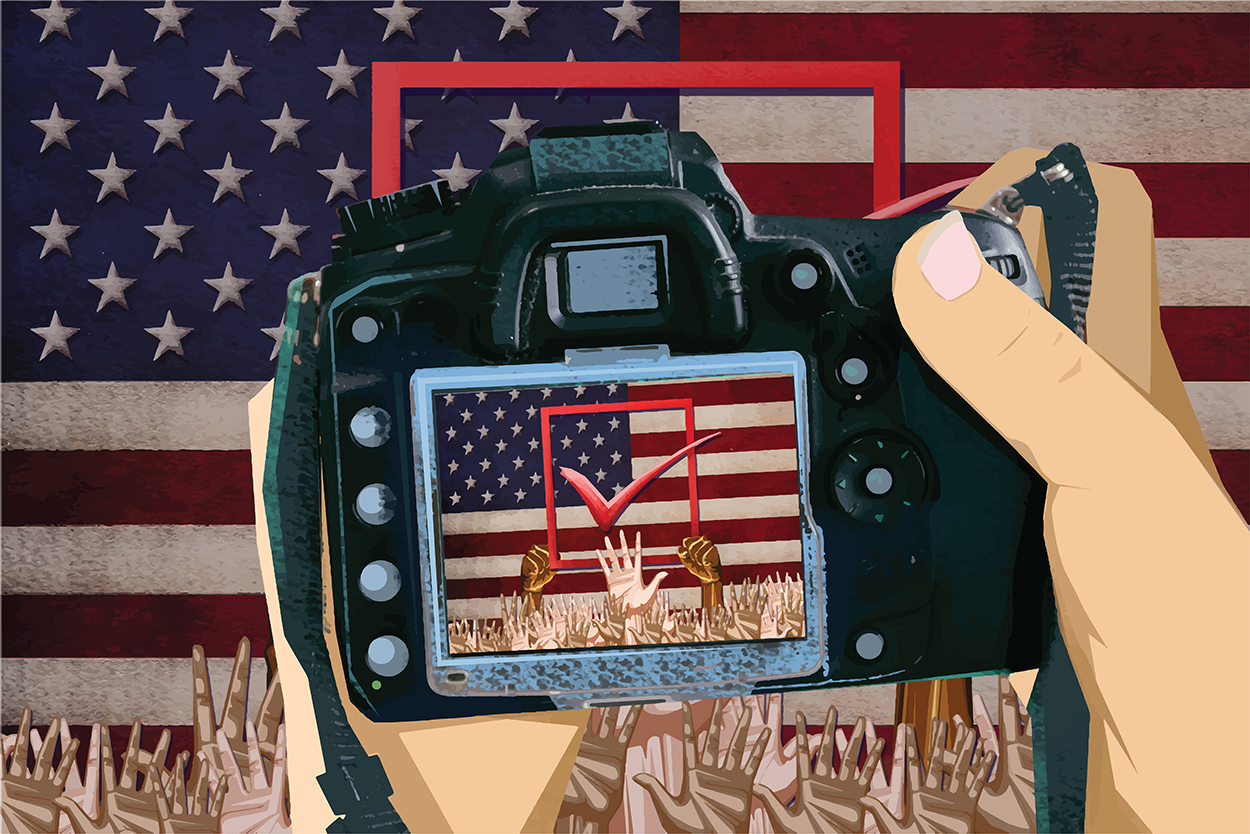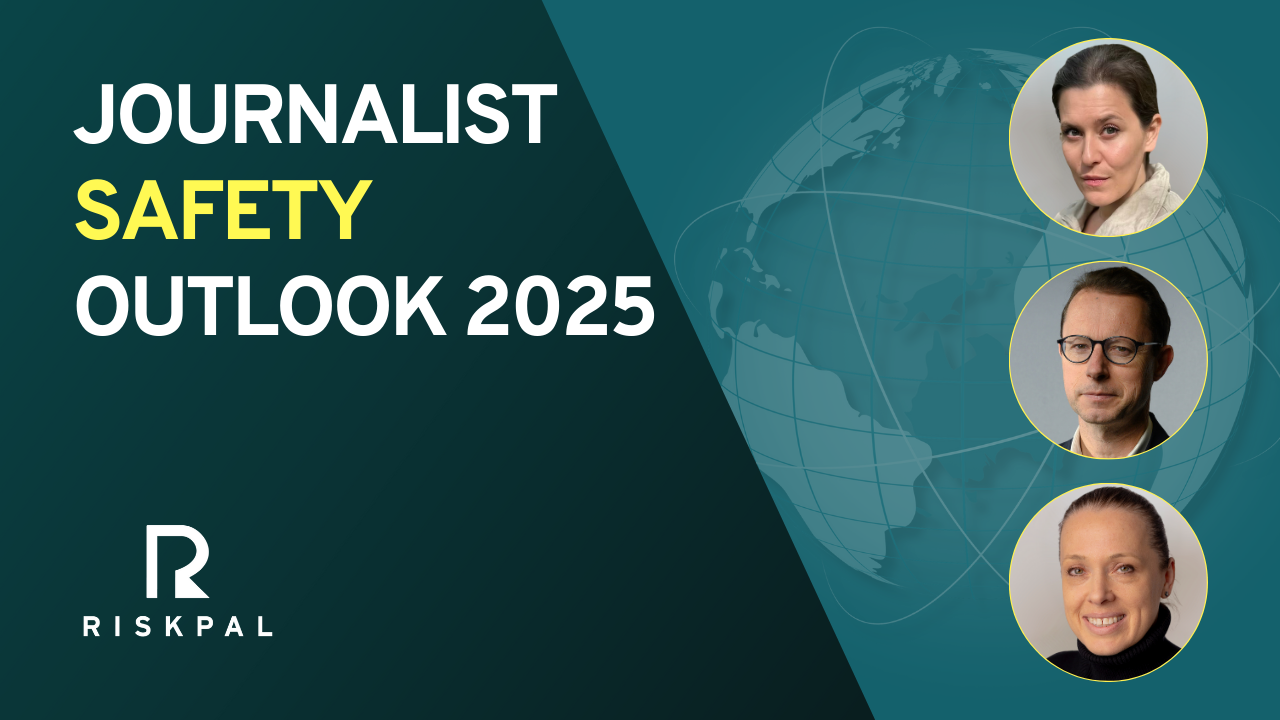Risk Assessing the US Elections
Many different scenarios unfamiliar to America have been forecast about the outcome of the 3 November vote. The prospects for unrest, a contested result, legal interventions and vote recounts in key swing states and uncertainty if the incumbent will gracefully leave office if defeated, all seem more likely than during previous elections.
Alongside the Covid-19 pandemic, the election will be the world’s biggest media story in the weeks ahead. Many international journalists are already in the US covering campaigning, public sentiment and the build-up to the vote. But media workers – both American and international – face a challenging security environment.
David Holley, director of media safety consultancy HP Risk Management, notes that the situation for journalists has certainly worsened compared to previous US elections. Holley said, “Although there were verbal threats and clearly some deep-rooted anger within conversations and interviews, in 2016 there was a low risk of violence towards journalists.”
Often brandished as “fake news” on both sides of the political spectrum, targeted by swathes of vitriolic online abuse and, as the Black Lives Matter protests throughout 2020 demonstrated, no longer guaranteed protections from law enforcement when covering unrest, journalists face a complex mix of physical and digital threats. The U.S. Press Freedom Tracker, has received more than 850 reports of press freedom violations against journalists committed by police and civilians since May.
Holley noted “Whether it was covering Black Lives Matter demos and counter-protests, the Covid-19 pandemic, hurricanes or forest fires, many US clients increasingly recognise need for risk management for their domestic assignments. Obviously it’s an election year and the pandemic has changed safety needs and decimated international travel, but there is no doubt the US – like many other perceived “low-risk” countries – has become a more hazardous environment for journalists.”
When asked about what this change means in practice, Holley said “raising awareness of the changing threat environment and training journalists to be able to identify and react to signs of an escalating situation are essential. An individual’s experience obviously helps but training and risk assessment are also vital components.
We have long worked with a trusted training provider for the provision of hostile environment training and have this year adopted RiskPal for many of our clients’ risk assessment needs. Having worked for 20 years in the media safety industry, I have seen many pitfalls of old Word-based risk assessments that get passed around (and often lost) as email attachments.
The US elections have shown the utility and scalability of having an online risk assessment platform. Clients have access to pre-built templates, for example for campaign rallies and protest coverage, which contain relevant and consistent safety and security advice. RiskPal has really proven its worth during the pandemic; with health advice and regulations regularly changing, we have had access to an up-to-date central repository of information and have not needed to worry about team members working off different versions of a risk assessment.
I am not predicting the environment confronting journalists to get easier any time soon and am sure RiskPal will help us continue to support our clients’ risk assessment needs.”
Although the media’s “front-line” exposure and risk management profile are somewhat unique, many companies across a range of sectors in the US will have been busy risk assessing the impact of the different potential election outcomes on their immediate operational continuity, as well as longer-term commercial considerations.
Amid the backdrop of the pandemic and the highly polarised political context, a tumultuous few months seemingly await.
For more information about RiskPal please get in touch.




